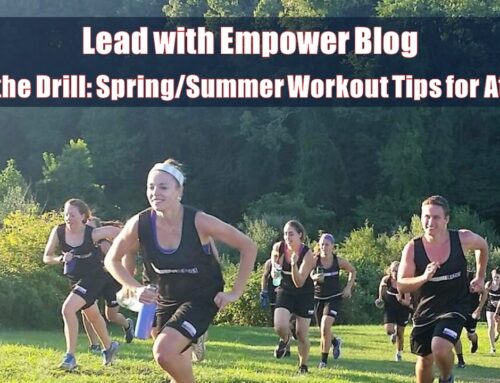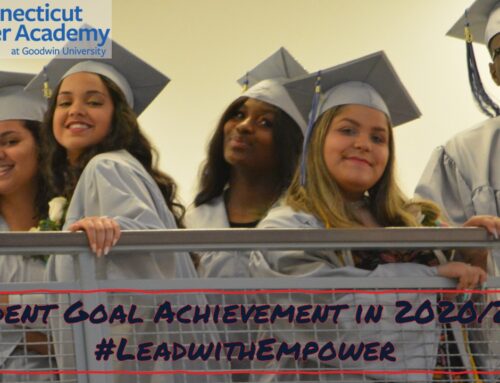“Don’t try to shove round pegs into square holes. Figure out what you have. Let them play to their strengths. Don’t sit in a meeting and tell me what you don’t have in a player. Don’t tell me they can’t do certain things, tell me what they can do and then we’ll figure out as coaches, because that’s our job, how we can use that. That’s our responsibility. Everybody has something they can do.” – Head Coach Joe Judge, New York Giants
Joe Judge, Head Coach of the New York Football Giants, has just started his journey as a head coach in the National Football League, and, as an avid fan of the GMEN, I love what I have seen and heard from Coach Judge since January. While his head coaching career is only in its infancy stage, it is hard to ignore the program foundation he is building down in East Rutherford, NJ. The quote above, from his introductory press conference, highlights leadership qualities that are often overlooked – flexibility, adaptability, and the importance of playing to one’s strengths.
Leaders often become bogged down by what someone (i.e. student, athlete, or employee) cannot do – focusing their attention on identifying shortcomings (negatives or weaknesses), harping on when/where a team member “missed the mark”, and continually sharing improvement plans for said individual. I am not at all advocating for leaders to completely ignore the important developmental opportunities for those that they lead; however, I do believe that with both adaptability and flexibility, a leader will find her/himself in a better position to maximize the strengths of individual team members, minimize the need for constant constructive feedback, and develop a culture; at work, in the classroom, or on the field, of engagement!
Striking a balance between rigidity and flexibility within your system (how you intend to operate at the office, in the classroom, or on the field) is no easy task, even for the most experienced leader. There are three key components involved in doing so: (1) clearly stated principles, (2) honest communication, and (3) collaborative creativity.
Clearly Stated Principles
Be sure that your team (employees, students, athletes) has a clear understanding of the rigid principles of your operation (office, classroom, team). Using Empower Adventures (our “brick and mortar” adventure facilities) as an example – our mission is to empower individuals and teams through adventures. We aim to do so by executing, on a daily basis, our “Guiding Principles”: (1) 100% Safe, 100% of the Time, (2) Uplifting and Memorable Adventure Experiences, and (3) Exceptional Customer Service. Our Mission and Guiding Principles are part of our team’s culture – everything we do and say is designed to empower our visitors by providing safe, uplifting, and exceptional experiences. While there is no “gray area” with regards to physical safety (you are either doing it safely or you are NOT!), there is plenty of room for flexibility and adaptability within our Guiding Principles to put our team members in the best roles based on their strengths!
Honest Communication
In order to truly “figure out what they have”, leaders must engage in honest dialogue with those that they lead (individually) about their strengths, challenges, role, and contributions to the team. These conversations will help shape the individual’s understanding of why they are being asked to do what they are being asked to do! When an employee, student, or athlete understands that their role has been chosen because of their strength(s), they are more likely to be engaged in what the team is trying to accomplish. In reality, it is just a simple paradigm shift – instead of saying to individuals that “you’re not so good at X, so we are going to put you in this role so your weakness isn’t exposed”, thinking about phrasing the statement so that it focuses on the person’s STRENGTH!
Collaborative Creativity
Maximizing the strengths of your team members is similar to putting together a puzzle. You know what you are trying to accomplish, you know the principles that identify how you are going to accomplish it, but you do not know how all of the pieces (employees, students, or athletes) fit together. Like any of our team building initiatives, putting this puzzle together often requires more than one person (collaboration) and an eye for unique solutions or ideas (creativity).
Putting the Puzzle Together
Struggling to put your puzzle together in the workplace, classroom, or on the field? Learn more about Empower Leadership’s Team Building, Leadership Development, and Consulting services by scheduling a complimentary Zoom consultation (dan@leadwithempower.com) or by visiting our Services page.















































